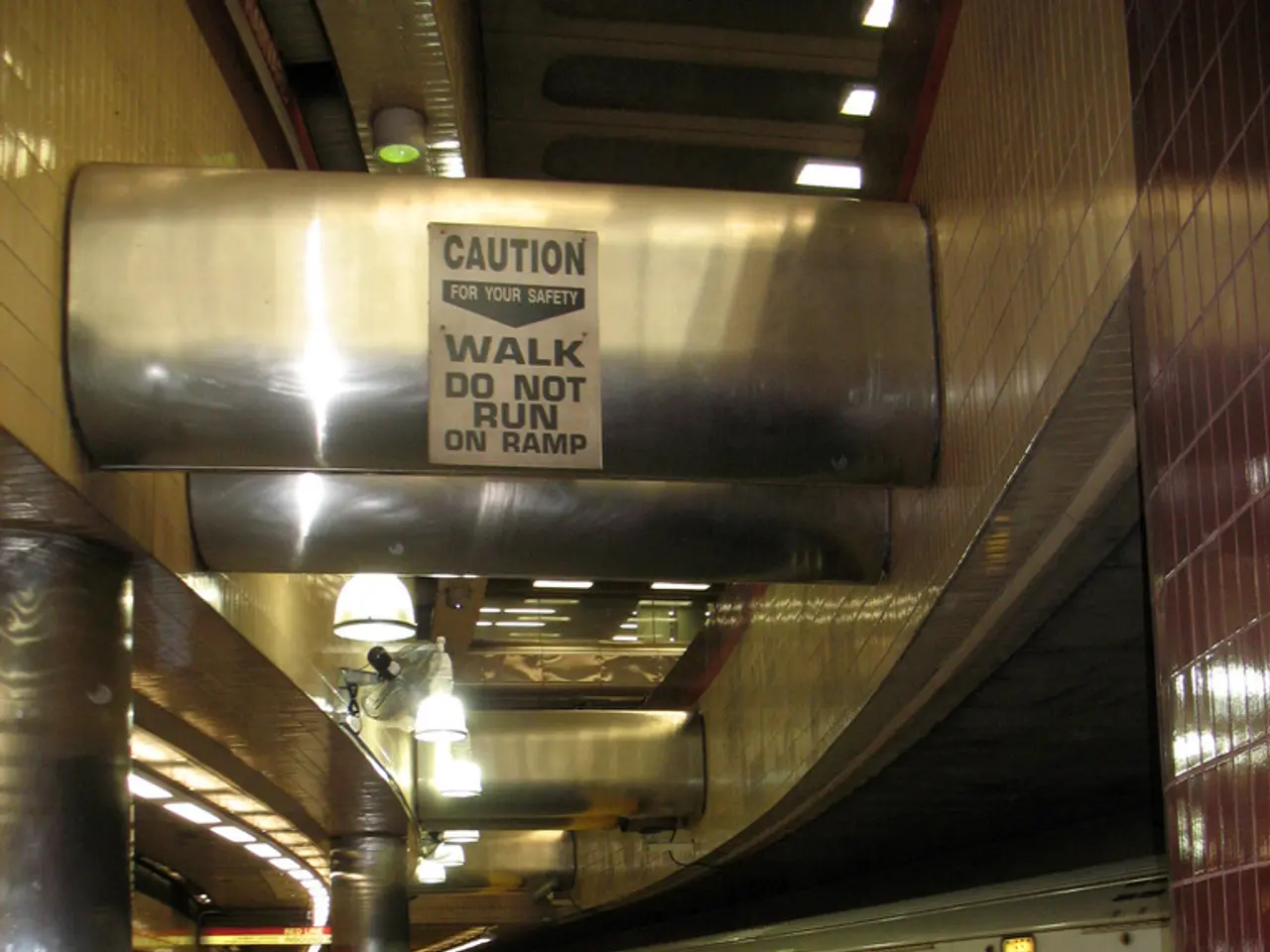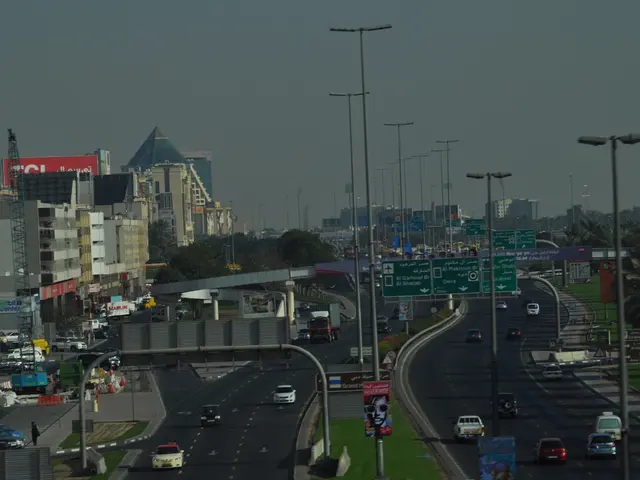Anticipated Improvements to Subway Station Accessibility in New York City Benefit Local Residents and Visitors Equally
In a significant move towards improving accessibility, the Metropolitan Transportation Authority (MTA) has announced that the Smith-9th Street station in Brooklyn's Gowanus neighbourhood will be equipped with elevators. This development comes as part of the MTA's ongoing efforts to make at least 95% of the currently inaccessible stations usable by 2055, as stipulated in the 2022 settlement agreement.
The Smith-9th Street station, which is one of the stations included in the accessibility upgrades, addresses a long-standing issue in a high-elevation stop that has excluded many users for decades. For seniors living nearby in public housing, the station is a vital link to jobs, schools, and medical care. The upgrade will undoubtedly bring a sense of independence and ease to their daily commutes.
The MTA, North America's largest public transit network, manages a system that supports over 15 million residents across the greater New York City region. The MTA's system includes 472 subway stations and a fleet of other transportation services. However, most MTA subway stations were constructed before the 1990 Americans with Disabilities Act, and less than 25% of them are equipped with features like elevators or ramps.
The absence of elevators and accessible features in many stations has resulted in significant inconvenience for many residents. The station's barriers and escalator outages force some to take detours to distant accessible alternatives, disrupting their routines and extending travel times. This issue is particularly relevant for families with strollers and seniors, who can find commuting less intimidating with the addition of elevators across stations.
The planned completion dates for the expenditures to increase accessibility at the Smith-9th Street station are projected for 2024. This upgrade is expected to not only benefit the local community but also contribute to enhancing New York's appeal as a tourist destination and boost urban tourism. Studies indicate that accessible public transportation in cities can make them more walkable, reducing the need for cars. This improved connectivity can, in turn, support job growth in areas that tourism sustains, like hospitality and retail.
The MTA's Chief Accessibility Officer, Quemuel Arroyo, stated that the Smith-9th Street station demonstrates the need for accessibility. This landmark development follows a class-action lawsuit filed against the MTA for the system's inaccessibility. The MTA's commitment to improving accessibility is evident as it strives to meet the 2055 deadline set by the settlement agreement.
In 2024, the subway annual ridership hit 1.195 million, a post-pandemic high, but still matching only 70% of pre-pandemic numbers. As the city continues to recover, the MTA's efforts towards improving accessibility will play a crucial role in facilitating smoother commuting for millions of New Yorkers with disabilities, opening doors to employment, healthcare, and community engagement.
Read also:
- Peptide YY (PYY): Exploring its Role in Appetite Suppression, Intestinal Health, and Cognitive Links
- Toddler Health: Rotavirus Signs, Origins, and Potential Complications
- Digestive issues and heart discomfort: Root causes and associated health conditions
- House Infernos: Deadly Hazards Surpassing the Flames








